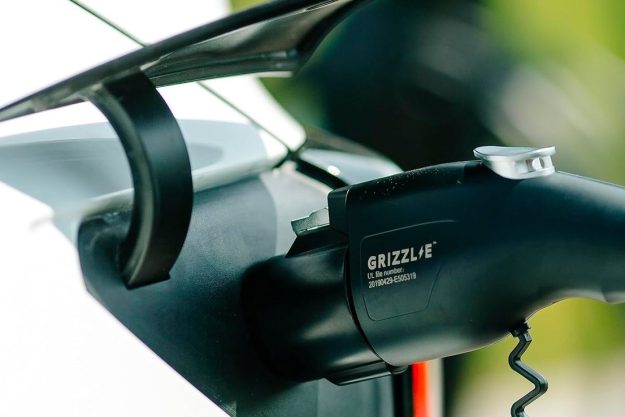In Russia, more than 30 percent of drivers ignore the designated signs and park where they please, and a nonprofit group called Dislife.ru has had about enough.
Working in partnership with Y&R, an advertising agency in Moscow, the company devised a powerful social experiment called “More than a Sign” to curb this type of behavior. Their medium for this poignant message? Holograms.
First, the nonprofit set up in shopping centers all around Russia, including Aviapark, the largest mall in Europe. Using special cameras, the group was able to detect official handicap stickers in cars, then play a special message for those who violated the space.
“What are you doing?” asked a man, one that seemingly appeared out of nowhere. “I’m not just a sign on the ground! Don’t pretend that I don’t exist. Why are you surprised? This is a parking spot for the disabled.”
That man was actually a hologram of a disabled person, projected over a thin layer of water mist. Suffice to say, it was enough to halt the would-be parking violator in their tracks.
Reactions from drivers ranged from embarrassment to curiosity, as some simply sped away while others got out of their cars to inspect the hologram more closely. When that occurred, the hologram continued on.
“Yes. I’m real,” it proclaimed. “Please find another place to park.”
“Parking signs mean nothing for many drivers in Russia,”said Yuri Kovalev, the founder of Dislife. “They prefer to forget about the people behind them. That is what we are fighting with in this project.”
Editors' Recommendations
- Here’s why Nintendo Switch owners should stop using alcohol to clean consoles
- Senators offer plan to stop drunk driving using in-car technology
- Facebook will stop using facial recognition by default on your photos
- Walmart using A.I.-powered cameras to spot dodgy shoppers at self-checkouts
- 2020 Land Rover Discovery Sport uses cameras to spot off-road obstacles


